VIA Rail Canada No. 692 “Hudson Bay” blasts through the snow at 50 mph at Dauphin, Manitoba, on March 26, 2009. […]
VIA Rail in Manitoba
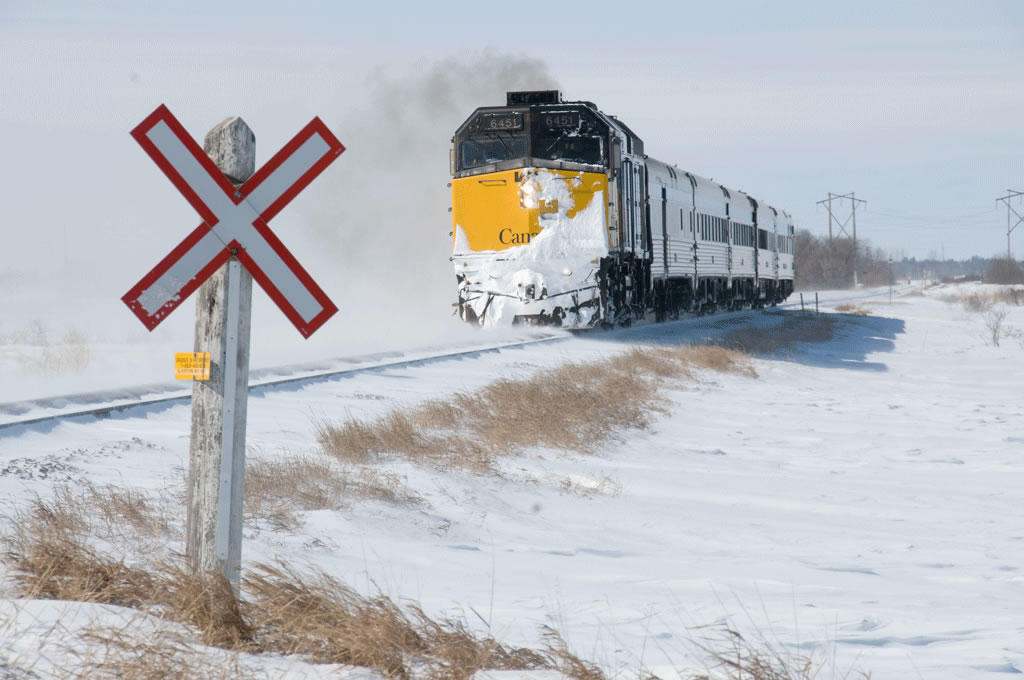

VIA Rail Canada No. 692 “Hudson Bay” blasts through the snow at 50 mph at Dauphin, Manitoba, on March 26, 2009. […]
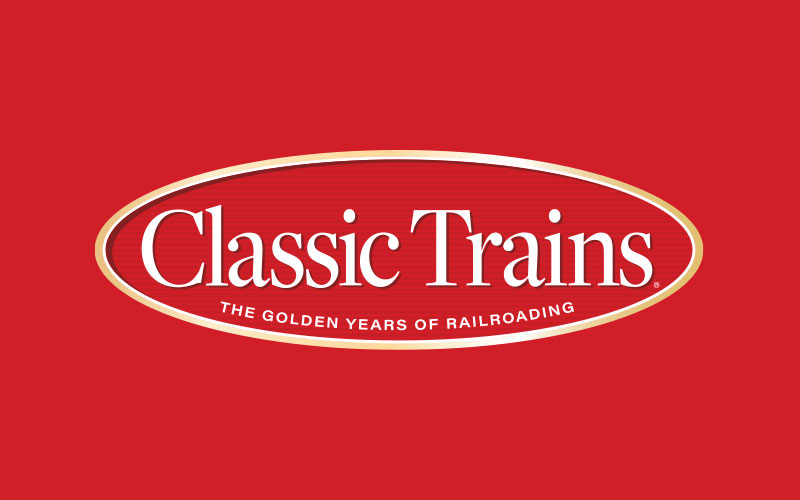
50 years ago in railroad history … A supplement to the Classic Trains Online Look Back e-mail newsletter Chesapeake & Ohio on May 7 launches mail and express service between Grand Rapids and Petoskey, Mich., using Railvans – a predecessor of today’s RoadRailer railcar/semitrailer hybrids. . . . Chicago & North Western, seeking to modernize […]
Q In March Trains, an article on the demise of semaphore signals on the former Monon [Page 14] mentioned that CSX was doing away with lineside pole lines and their maintenance. It said the new system will use Electro Code, a system where signal communications run through the rails. How is this done?– Richard K. […]
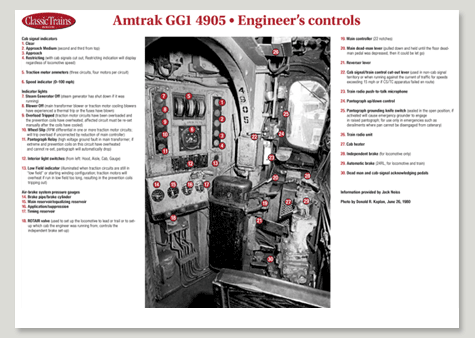
Built by the Pennsylvania Railroad between 1934 and 1943, the GG1 electric locomotive was the backbone of the busy New York-Washington and Philadelphia-Harrisburg corridors for decades. In the Summer 2009 issue of Classic Trains magazine, we celebrate the 75th anniversary of this great locomotive design with 35 pages of special features. Step inside a GG1 […]
Built by the Pennsylvania Railroad between 1934 and 1943, the GG1 electric locomotive was the backbone of the busy New York-Washington and Philadelphia-Harrisburg corridors for decades. In the Summer 2009 issue of Classic Trains magazine, we celebrate the 75th anniversary of this great locomotive design with 35 pages of special features. View a roster listing […]
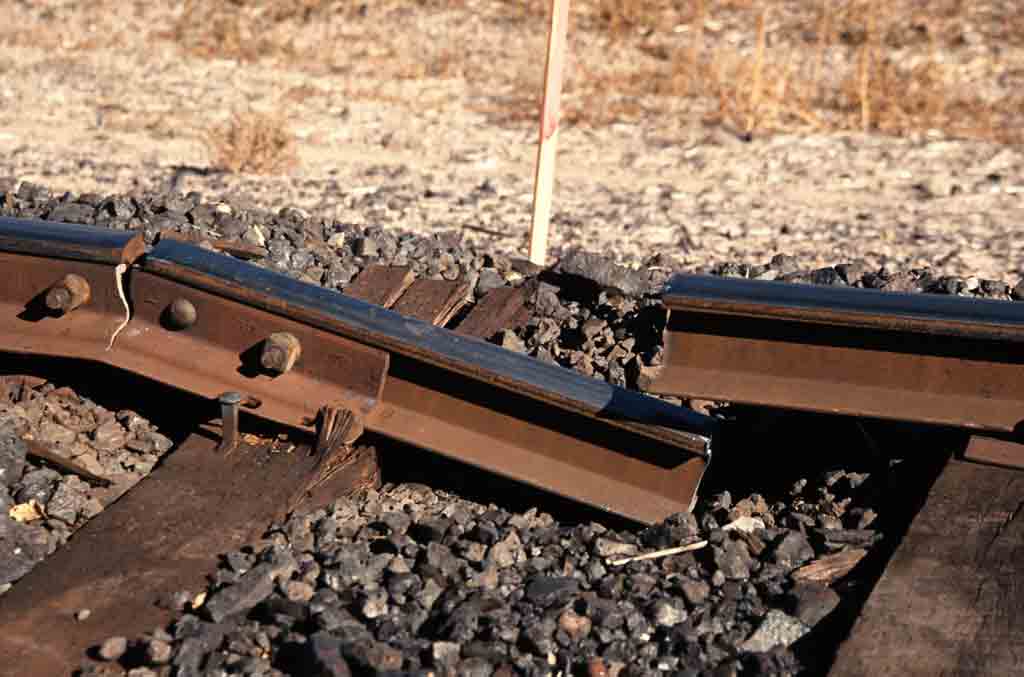
You read “The Bad and the Ugly” [June 2009 Trains] about unfortunate events on the railroad. As general manager of the Arizona Eastern Railway and Louisiana & Delta Railroad, I dealt with many types of derailments and bad track. The 135-mile Arizona Eastern runs from Bowie to Miami, Ariz. The 114-mile Louisiana & Delta has […]
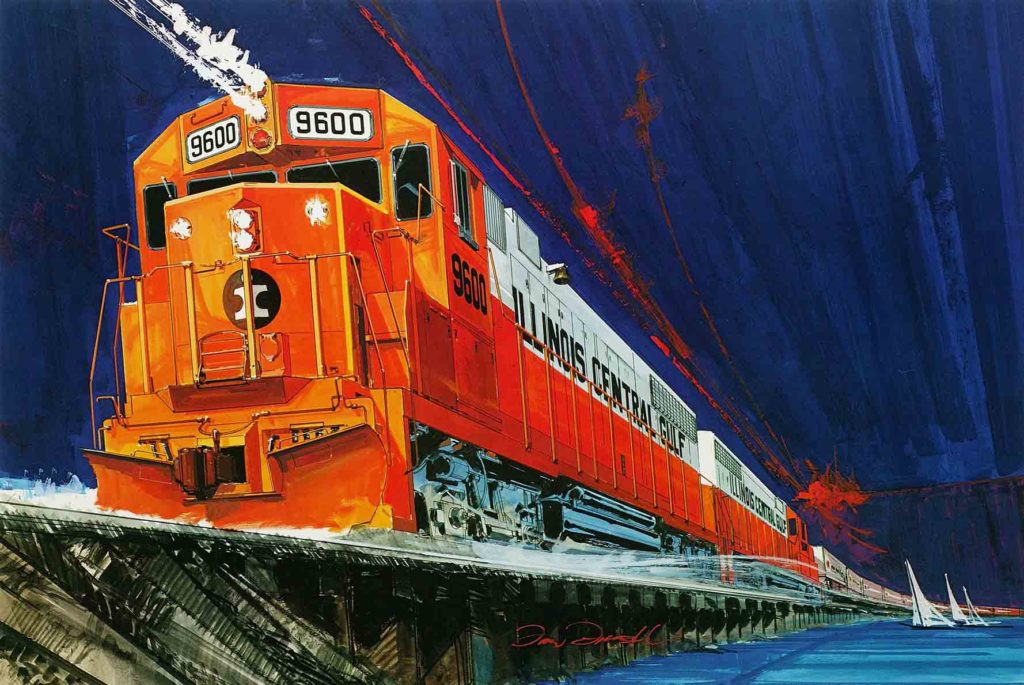
Tom Fawell’s painting depicts Illinois Cental Gulf GP38-2 No. 9600 on a low timber trestle. Artist Tom Fawell painted more than 100 promotional drawings for Electro-Motive Division. An article on his work, “The Bold Style of Tom Fawell,” appeared in Spring 2008 Classic Trains. Download it now in its entirety! See the June 2009 issue […]
In our June 2009 feature “A McCloud River Remembrance,” we brought you a photo essay of this fallen flag, as documented through the lens of rail photography legend Ted Benson. Of course, when it comes to Benson’s photography, there’s never enough room, so here’s a few more stunning shots of recent history. By summer 2005, […]
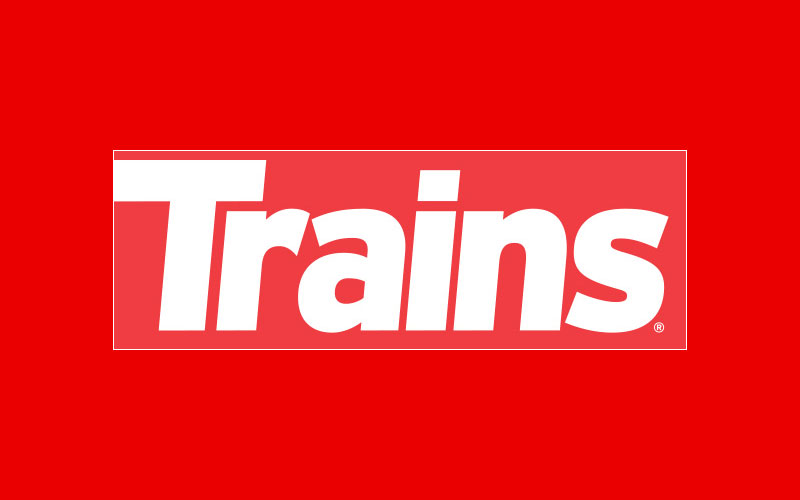
Our June 2009 “Fantrip” offered an itinerary for a 10-day Colorado railfan vacation. But you have 11 days to explore! Just in case you find yourself with time to spare, here are more ideas for railfan fun in Rocky Mountain territory. The Forney Transportation Museum The museum features more than 500 transportation exhibits. For the […]

50 years ago in railroad history … A supplement to the Classic Trains Online Look Back e-mail newsletter TRAINS magazine devotes its April 1959 issue to an investigation titled “Who Shot the Passenger Train?” The landmark issue examines the (mostly unhealthy) state of the rail passenger business and proposes solutions. . . . [All feature […]
[…]
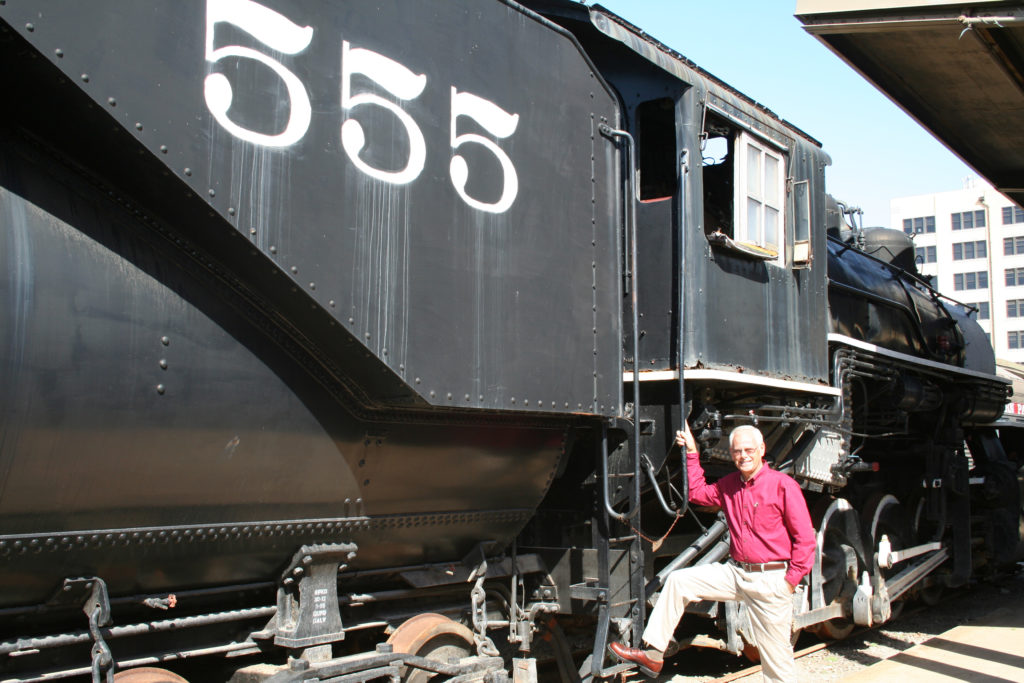
Magma Arizona 2-8-0 No. 5, with No. 555 on its Vanderbilt tender, and Galveston Railroad Museum Executive Director Morris S. Gould. Gregory DL Morris A wood boxcar shows damage from flooding caused by Hurricane Ike in September 2008. Gregory DL Morris The Galveston Railroad Museum suffered about $8 million in damage in September 2008 when […]